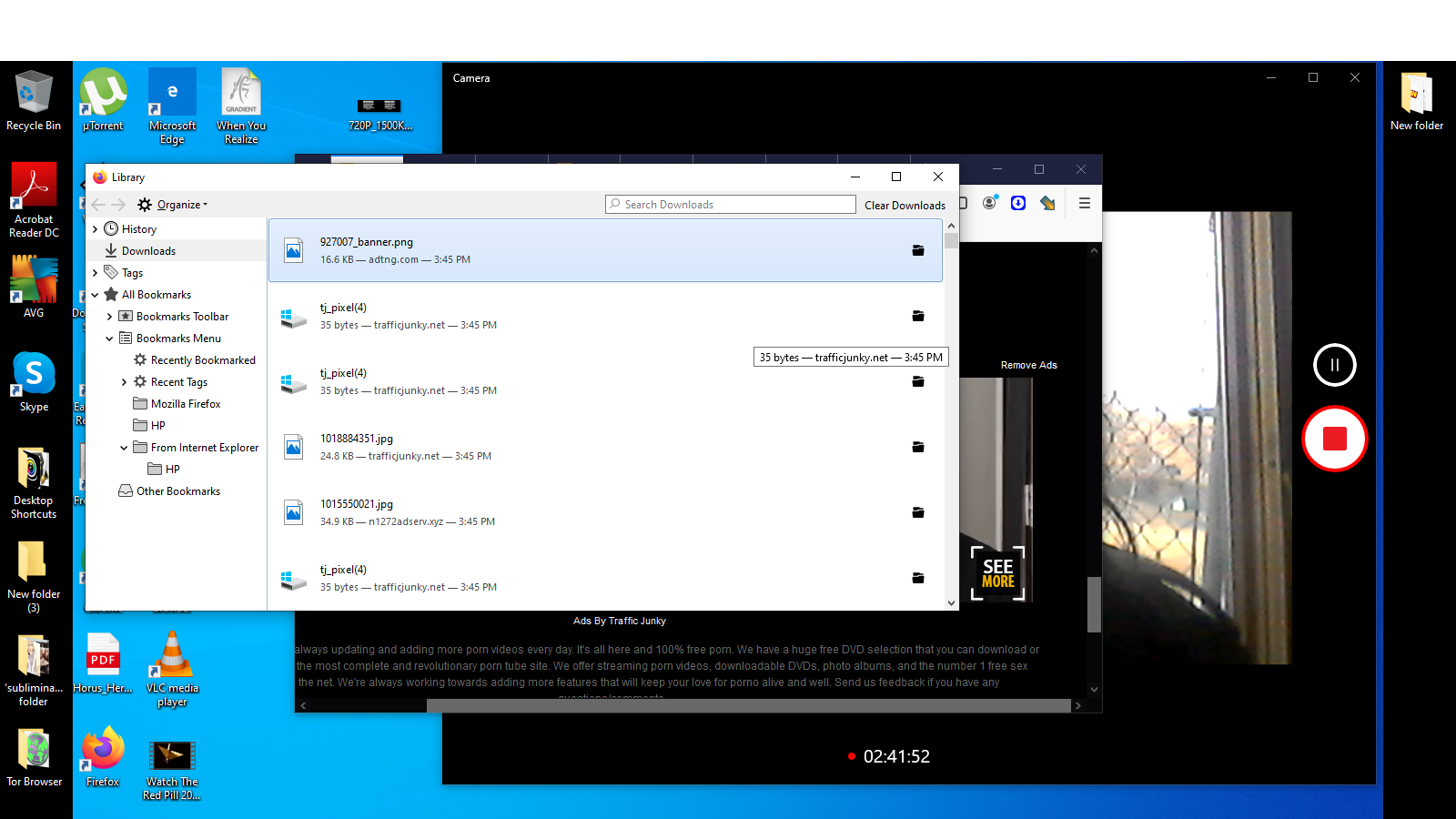

Under Step 1: Select condition(s), select the conditions that you want the messages to meet for the rule to apply.For example, if you click the people or public group link, the Address Book opens. Under Step 2: Edit the rule description, click an underlined value.Under Step 1: Select a template, select the template that you want from the Stay Organized or Stay Up to Date collection of templates.In the Rules and Alerts dialog box, on the E-mail Rules tab, click New Rule.Use these rule templates, or create design your own custom rules. Outlook includes rule templates for common scenarios. Start from a blank rule These are rules that you create without the aid of a rule template and that you can completely customize.For example, you can create a rule that automatically sends a message to a mobile device when you receive a message from a family member. Stay Up to Date These rules notify you in some way when you receive a particular message.For example, you can create a rule for messages from a specific sender, such as Anne Weiler, with the word "sales" in the Subject line, to be flagged for follow-up, categorized as Sales, and moved to a folder named Anne's Sales. Stay Organized These rules help you file and follow up on messages.The Rules Wizard includes templates for the most frequently used rules, which include the following: Rules fall into one of two categories - organization and notification.

The Rules Wizard helps you design rules to manage messages. For example, when a message is received from a specified person, it's automatically moved to the folder that you designate.

Unlike Quick Steps, rules typically are always on and run automatically. Rules help reduce manually filing or taking the same action when a similar message arrives. Server-based rules versus client-only rules.Based on senders or recipients of a message.How rules help you manage email messages.


 0 kommentar(er)
0 kommentar(er)
